Home Improvement Guide
Anything but Dusty: Why Herringbone Parquet Creates Wow Effects
We know it from fashion: trends come and go, classics experience a renaissance, and sometimes even achieve cult status. The same happens with flooring. Traditional parquet floors are more modern than ever, and the top class herringbone is a timeless classic. Discover everything about the history, characteristics, and spatial impact of a traditional laying technique with cult character, and what makes click-together engineered parquet so attractive.
What is Herringbone Pattern?
Characteristic herringbone or chevron pattern resembles the skeleton of fish and has been used since prehistoric times. Using paving stones, bricks, tiles, or parquet strips, this traditional laying technique creates exciting zigzag patterns, which not only stand out as visual highlights but also have practical and cultural backgrounds. Planks laid at a 90-degree angle to each other create the classic herringbone pattern and make a strong statement in both classic and modern spaces.
What is Herringbone Pattern?
The characteristic herringbone or chevron pattern resembles the skeleton of fish and has been popular since prehistoric times. Using cobblestones, bricks, tiles, or parquet strips, this traditional installation technique creates exciting zigzag patterns that not only stand out visually but also have practical and cultural significance. When planks are laid at a 90-degree angle to each other, it forms the classic herringbone and adds a strong accent to both classic and modern spaces.
What Makes Herringbone Patterns So Special
The classic simple herringbone pattern is anything but boring. The double or triple herringbone structure, as well as French herringbone or chevron parquet with distinct notches at 45 or 60-degree angles, creates exciting spatial effects that interior designers and decorators have used for creative room design in the past. In the 17th century, parquet art reached its peak. Noble woods with incorporated ornaments and intricate inlays told fanciful parquet stories back then. It didn't take long for geometric patterns, which we still love today, to come into fashion. The installation technique also had practical reasons: greater stability and better stress distribution on uneven floors played a significant role alongside attractive aesthetics. During the industrialization period in the 19th century, beautiful wooden floors became affordable for ordinary citizens, replacing thicker floorboards with thinner wooden rods. This led to the development of practical and structurally stable installation patterns for different tastes, some more or less challenging to install. Plank flooring, classic checkerboard patterns, ship's deck flooring, or herringbone patterns proved then as now to reflect exclusive taste and perfect style consciousness.
Since that time, a lot has changed: Improved adhesive technology, convenient click-together engineered parquet, and high-quality sealants have made quality herringbone-patterned parquet floors not only easier to maintain and more durable than in the past but also much easier to install.
What to Consider When Installing Herringbone Parquet
You can install herringbone parquet in various directions within a room, each with a different visual impact. Practical click-together engineered parquet can be easily floated even by beginners.
With the zero-degree alignment, the herringbone parquet is laid parallel to two walls of the room, while with the 45-degree angle installation, you start from a corner. What may initially seem more difficult becomes quite easy after the first patterns, and it's a lot of fun for creative hobbyists.
Good preparation is important:
In the first step, carefully check if the subfloor is completely even. This is a prerequisite for a perfect result. Then, decide on the desired installation direction. For the zero-degree installation, use a guide plank for orientation that you'll remove later.
Ready, set, go: Easy herringbone installation!
Secure the first plank to your guide plank at a 90-degree angle and continue with the next plank at the appropriate angle. Click the next planks into place. After just three plank angles, you can safely remove your guide plank and continue the pattern in the room. If you start from a corner, easily expand the herringbone pattern by alternating right and left element clicks. Gently tap the parquet elements together with a rubber mallet.
Checkliste für ein perfektes Ergebnis:
Once you have laid all the planks in the room, you can cut and fit the edge pieces. Then, install the matching baseboards. At the beginning, you can use a visual drawing to simulate the future effect of your herringbone parquet in the room.
How to Smartly Utilize Traditional and Extravagant Herringbone Patterns
Classic zigzag patterns always add a touch of exclusivity to rooms. Depending on how the parquet strips are arranged and which wood types you choose, living spaces with herringbone parquet can appear elegant and prestigious or expressive and unconventional. Herringbone patterns bring atmosphere and homely charm to large rooms. It's no wonder that this characteristic installation technique has traditionally been used in grand palaces, castles, museums, or art galleries. Herringbone parquet brings spaciousness, generosity, and a sense of movement to the room. In earlier times, it was even believed that zigzag patterns could ward off the evil eye. Even though we no longer believe in that today, we have to admit that herringbone patterns radiate harmony and a certain lightness. This works just as well in libraries, trendy bars, and stylish boutiques as it does in small apartments. Herringbone decor is now increasingly used not only in real wood parquet but also in modern laminate floors.
How Light Changes the Appearance of Your Herringbone Parquet in the Room
Small apartments appear larger with cleverly laid herringbone patterns, while large rooms gain liveliness, character, and structure. If you want to make perfect use of the visual effect of your herringbone parquet, pay attention to the play of light. Sunlight creates surprising and very lively effects on your herringbone pattern in the room. Due to the fact that both halves of each so-called herringbone tuft shimmer differently depending on the incidence of light, particularly interesting light accents are created, making rooms extravagant, elegant, and unique.
Herringbone Parquet for Wow Effects That Last Beyond a Season
Herringbone patterns are not only a perennial favorite in the parquet sector, but they also remain exciting for many years. Therefore, it's worth investing in high-quality materials and good craftsmanship. Most manufacturers offer herringbone patterns in different qualities for various applications. Let yourself be inspired and rediscover a classic of parquet art. Whether you choose oak or maple, rustic or minimalist planks depends on your space and your personal interior style. Admiring glances and intriguing conversation topics are guaranteed with this distinctive and historically significant installation technique!

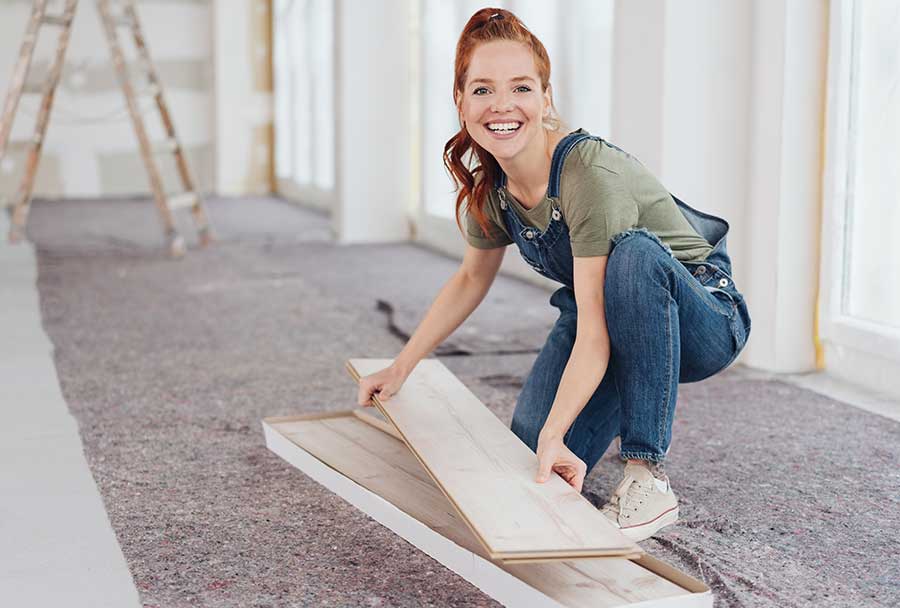
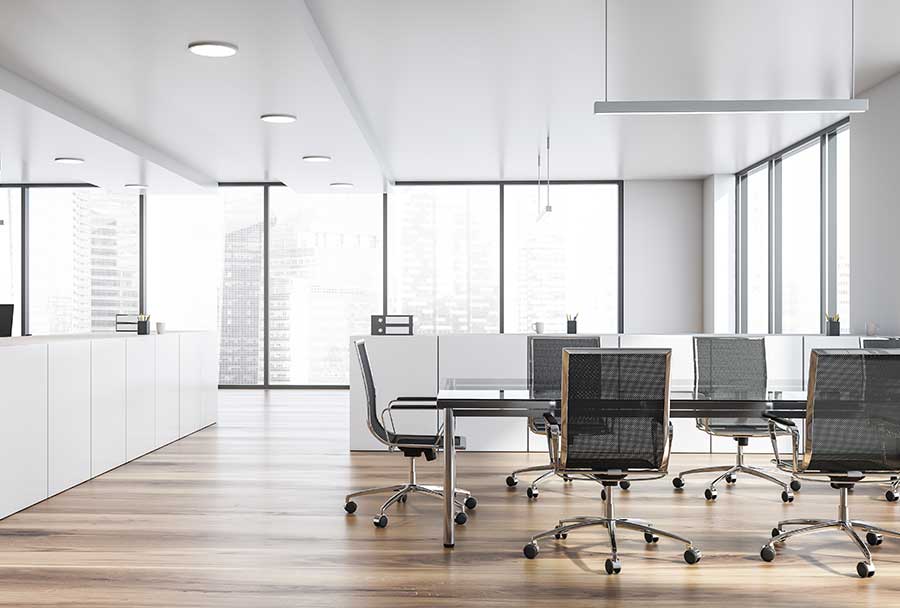

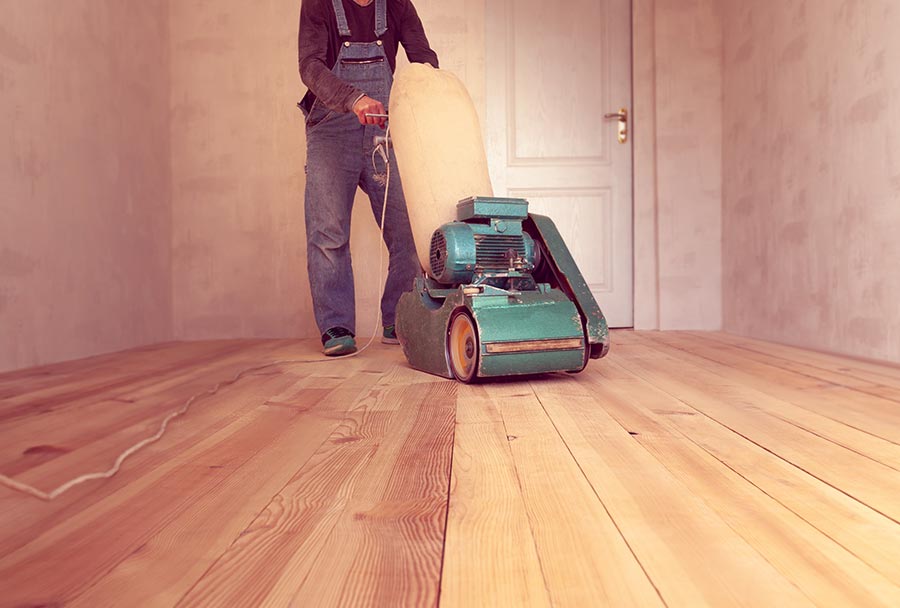
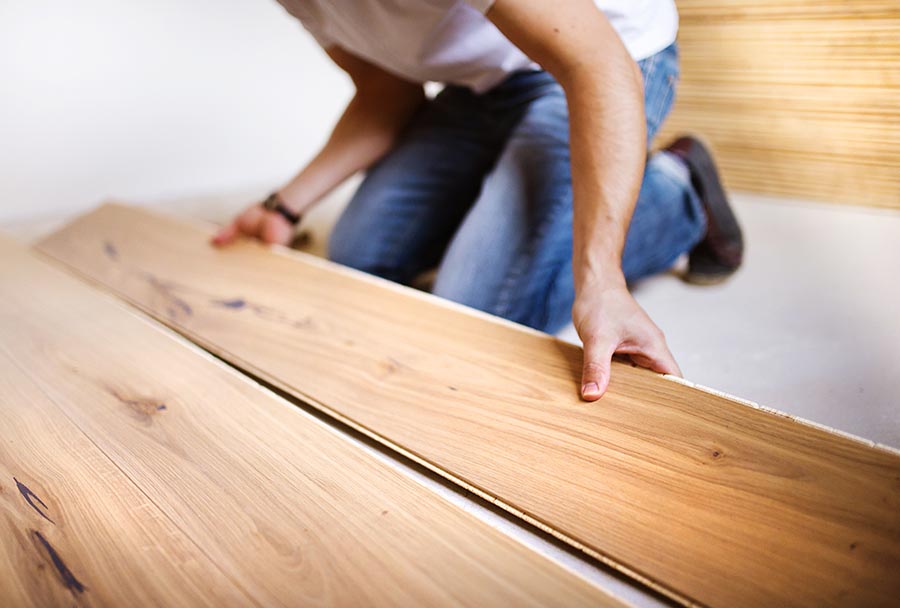
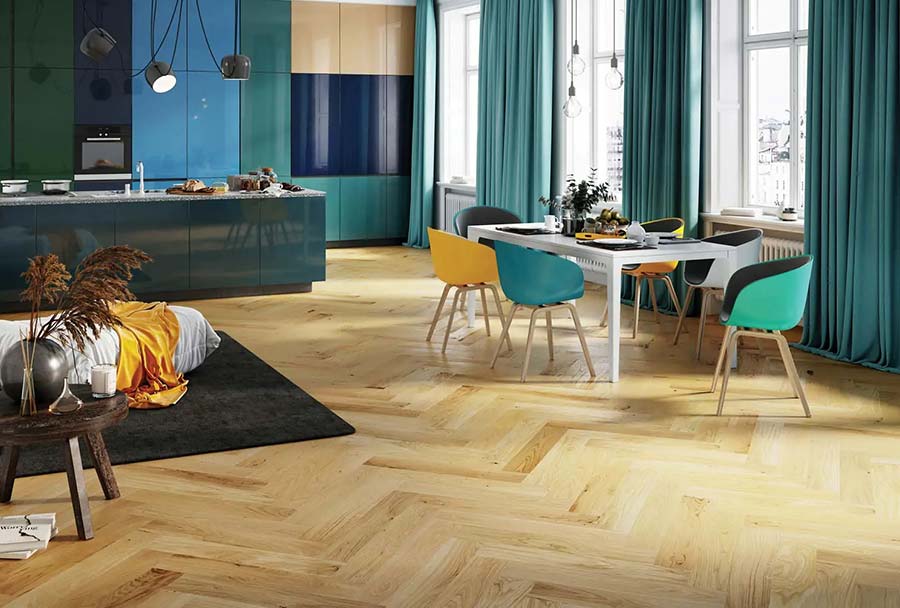
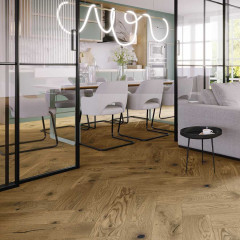
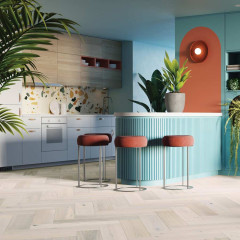
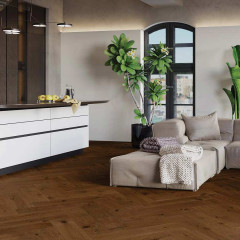
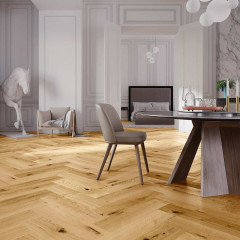
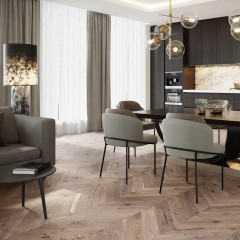


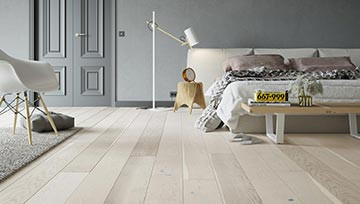
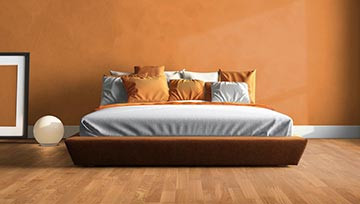
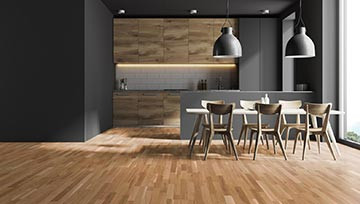
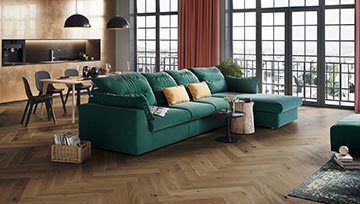
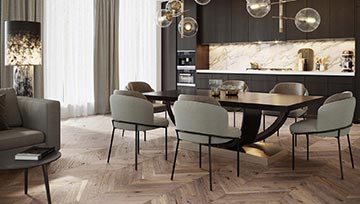
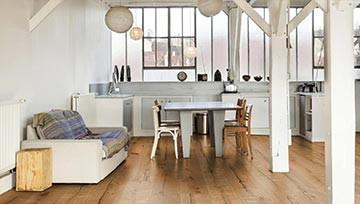
Comments